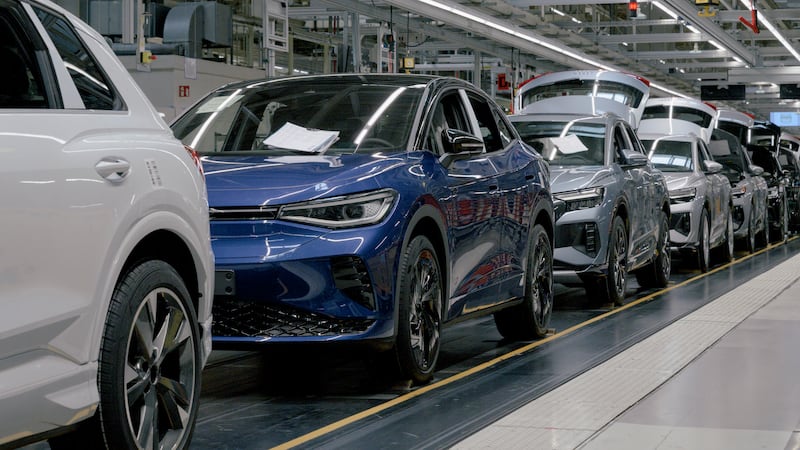Fiat is finally building up to an oft-delayed return to the mainstream European hatchback market with a Turkish-built replacement for the ageing Bravo.
Tofas, a major Turkish automotive factory in which Fiat has significant investments, has announced that it is investing $1 billion to update its factory to build a new line-up of three cars starting in 2016: a hatch, a saloon (to replace the Linea, a Bravo-based saloon that was designed only for emerging markets) and a compact estate.
Fiat hasn’t officially confirmed the new model even exists yet but a Tofas spokesperson said that “a significant portion of the total units are slated for export. Talks with the Fiat Group Automobiles on the details for the conditions of investment, sales and procurement are in the final stage”. Production numbers in the region of 600,000 vehicles a year are being spoken of.
The Bravo has been something of a disaster for Fiat. Launched in 2007, it has consistently failed to make a dent on the lucrative European C-segment against rivals such as the Ford Focus and VW Golf. Fiat had essentially shut down development work on European-centric models during the recession, as boss Sergio Marchionne said that it was impossible to make any money on selling such cars, given the cut-throat nature of the heavily-saturated European car market. Instead, Fiat concentrated on either exploring new niches (such as the 500L MPV) or working on models with global and especially American appeal (the twinned Fiat 500X and Jeep Renegade for instance).
However, with the European car market still recovering (if in a somewhat fragile way) and models such as the Peugeot 308 and Seat Leon proving that customers can be attracted away from the Focus and Golf if the execution is sufficiently good, Marchionne has presumably seen the worth of pressing ahead with a new Bravo.
The car will platform- share with the 500L, 500X and Renegade and will probably only be built in Turkey. Unprofitable production of the current model at the Cassino plant in Italy came to a halt this past July.
















